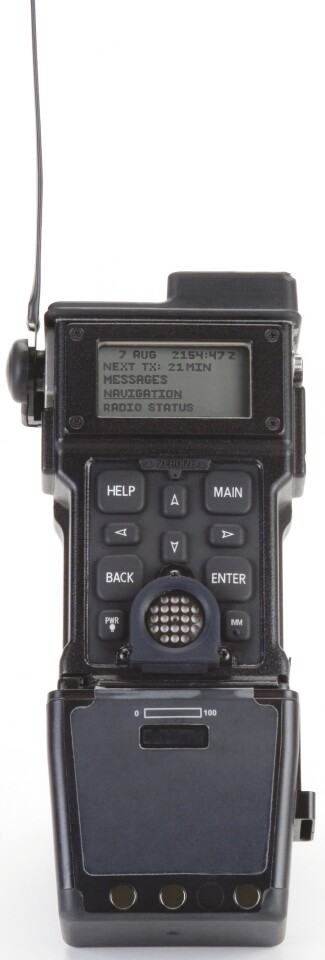Boeing has been awarded contracts worth US$13.6 million to upgrade the U.S. Air Force’s Combat Survivor Evader Locator (CSEL) radio and the CSEL ultrahigh frequency (UHF) base stations that support it. The purpose of the contract is to bring the personal survival radio and the CSEL network in line with the latest Information Assurance standards to protect them against jamming and other interference by hostile forces.
The US military’s 54,400 CSEL radios are used to locate and communicate with downed pilots and other isolated personnel in need of rescue in hostile territory. Survival radios have been standard equipment for air force pilots since the Second World War, but over the years they've left a lot to be desired. The radios traditionally had only a limited range or were difficult to use. They were also easy for the enemy to eavesdrop on, triangulate or jam. Worse, unless the downed pilot already had a fix on his position, it was extremely difficult for rescuers to find and extract him.

Developed in the ‘90s, the CSEL combines a secure communications system with GPS capabilities. The CSEL uses a variety of communications channels, including line-of-sight or over-the-horizon radio, and multi-satellite data links. When the 38 ounce (1.07 kg) radio is activated, it automatically takes a GPS fix and transmits its location over an encrypted channel by the CSEL network back to the rescue center. With this communications link, the pilot and rescuers can develop a complete picture of the pilot’s physical condition, enemy location and rescue plans that will help in a quick extraction. The radio itself is built to be extremely rugged, shock and water resistant, with an extended battery life and a modular construction that allows it to interface with ground equipment.
Source: Boeing







